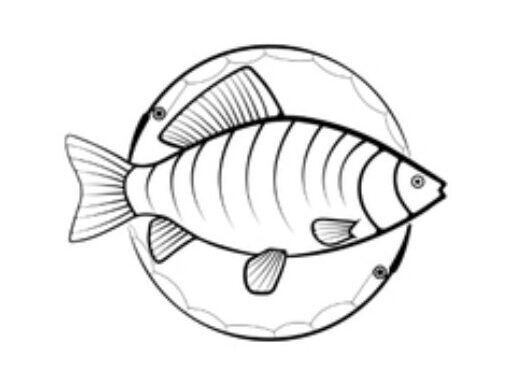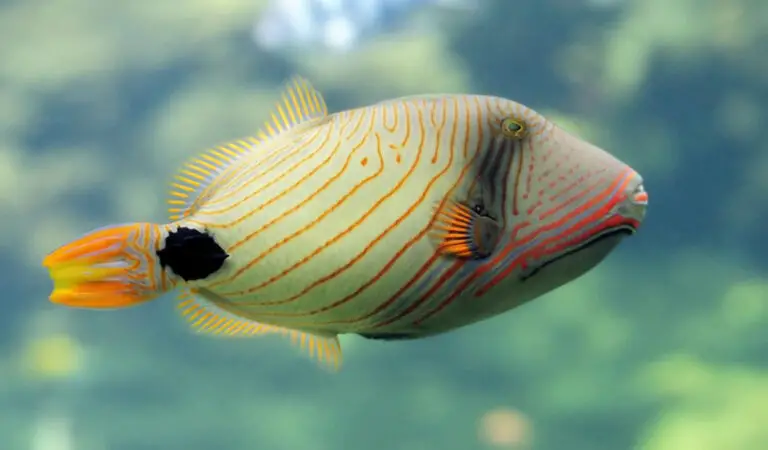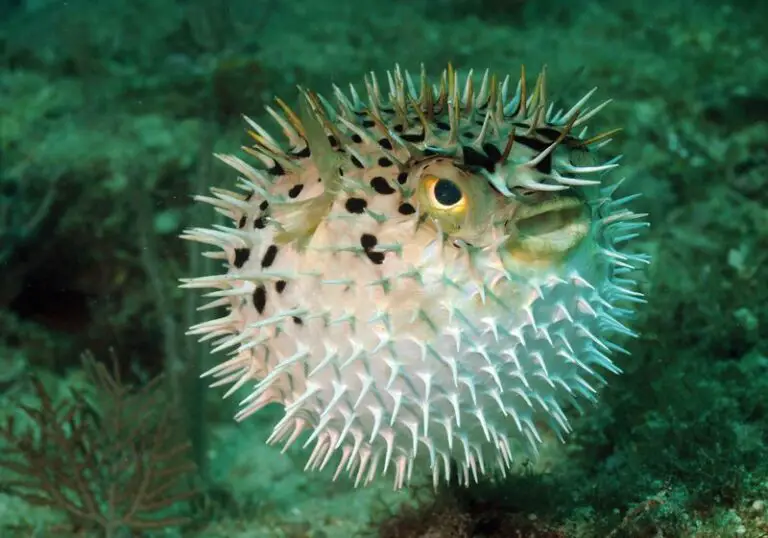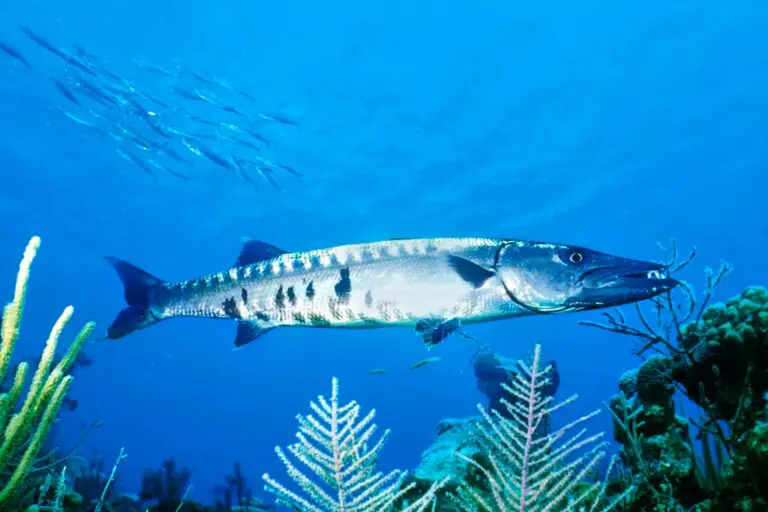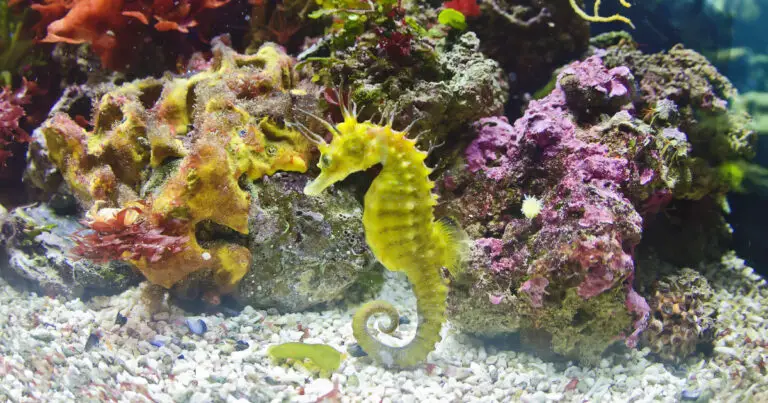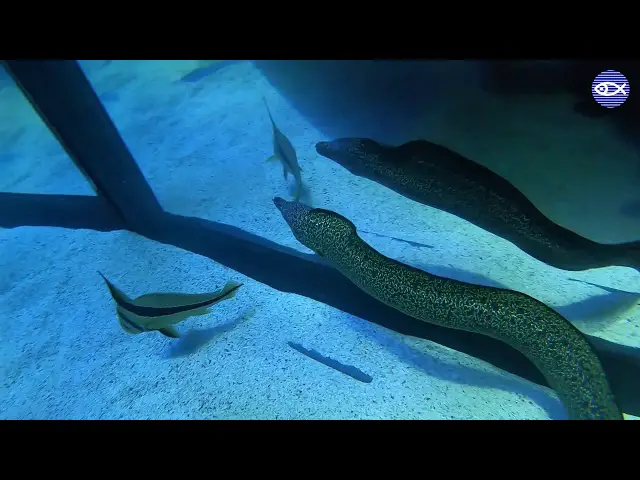Blue Tang: Beauty in Blue – A Guide for Saltwater Aquarium Enthusiasts
For saltwater aquarium enthusiasts, the sight of a Blue Tang is a reward in itself. These stunning fish are not only renowned for their vibrant and instantly recognizable blue color but also for their engaging behavior and interesting biology. However, they are not the easiest species to care for, and it’s crucial for any aspiring reef keeper to understand the intricacies of owning a Blue Tang. This comprehensive guide will walk you through everything you need to know about keeping a Blue Tang in your saltwater aquarium.

The Blue Tang in Its Natural Habitat
Before looking at how to care for Blue Tang in a home setting, it’s important to understand their natural environment. Blue Tangs, or Paracanthurus hepatus, are found in the warm waters of the Indo-Pacific region. They inhabit coral reefs and lagoons, frequently seen swimming in schools or pairs. Their diet consists mainly of algae and benthic weed, with a preference for macroalgae and other nutritive plants.
In the wild, Blue Tangs serve an essential role in the reef ecosystem as algae eaters. They keep the reefs clean and help maintain the balance of the marine environment. They also exhibit fascinating behaviors such as scraping surfaces with their sharp teeth and secreting a mucous coat to both heal and protect themselves.
Understanding their natural behaviors and diet is a crucial step in creating an ideal environment for Blue Tangs in captivity.
Creating the Perfect Habitat for Blue Tangs in Your Tank
Blue Tangs require a carefully curated tank environment to thrive. Here are the key factors to consider when setting up their home:
Tank Size and Setup
Blue Tangs are active swimmers and need a spacious aquarium to accommodate their size and swimming habits. A tank of at least 180 gallons is necessary for a single adult, and larger for multiple fish. Decoration should include ample live rock for grazing and providing hiding places. The aquascape should be arranged to allow for open swimming areas as well as complex territories.
Water Parameters
Maintaining proper water parameters is critical. The ideal conditions for Blue Tangs include:
- Temperature: 72-78°F
- pH: 8.1-8.4
- Salinity: 1.020-1.025
- Ammonia & Nitrites: 0 ppm
- Nitrates: Consistently low (below 1ppm if possible)
Regular testing and water changes will help you to keep these factors in check.
Tank Mates
Blue Tangs are generally peaceful with other fish, though they can be somewhat aggressive towards their own kind. Compatible tank mates include, but aren’t limited to, Clownfish, Damsels, Blennies, and Surgeonfish. Avoid aggressive species and any fish that might view a Blue Tang’s trailing spine as an invitation for a duel.
Caring for Blue Tang – Nutritional Needs and Health Management
In regards to feeding and nutrition, Blue Tangs can be somewhat picky. They are primarily herbivorous and require a diet rich in marine vegetation. In an aquarium setting, this means offering a mix of fresh and processed seaweed, spirulina, and other plant-based marine foods. To encourage eating, it can be helpful to feed them multiple times a day, mimicking their natural grazing habits.
Maintaining the health of your Blue Tang is a top priority. A varied diet rich in nutrients and regular observation will help keep them in good health. You also need to be vigilant about water quality, especially ammonia and nitrites, which can be a source of stress and illness. Common diseases in Blue Tangs include ich and lateral line erosion. Stress from improper diet or tank mates can exacerbate these conditions, so regular observation and a well-planned environment are keys to prevention.
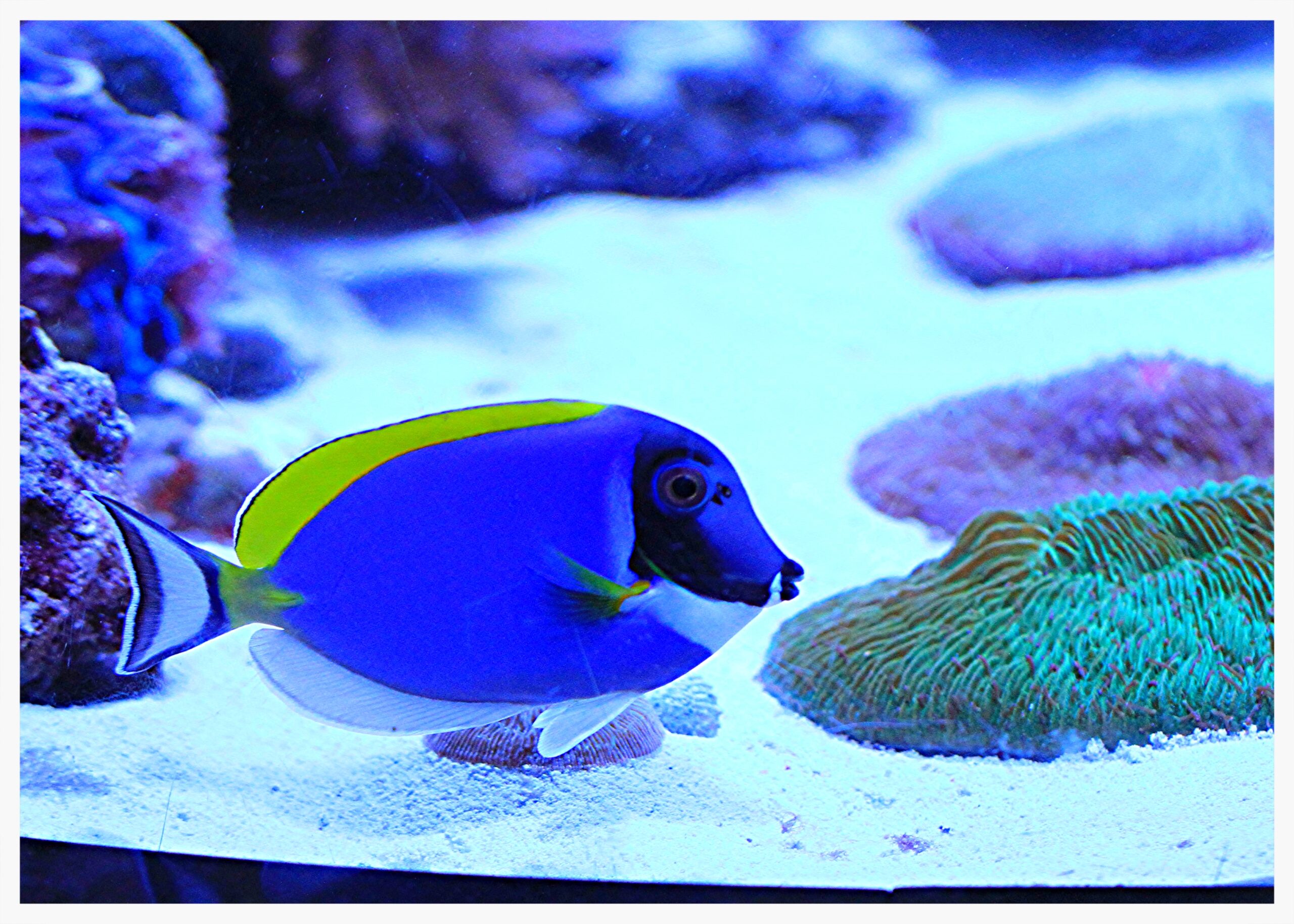
The Ethics of Keeping Blue Tangs and the Pros and Cons
The Blue Tang, made famous by the character Dory in the film “Finding Nemo”, enjoyed a surge in popularity that has led to its increased capture for the aquarium trade. This has raised ethical concerns about the sustainability of collecting practices. When considering adding a Blue Tang to your tank, it’s critical to source them from ethical suppliers who practice responsible and sustainable harvesting.
Despite the challenges, Blue Tangs offer unique benefits to a saltwater tank. Their stunning color adds vibrancy, and their active nature makes them an engaging fish to watch. Their appetite for algae can also be a beneficial addition to reef tank maintenance, though it’s important not to rely solely on them for algae control.
Final Thoughts and Resources
In conclusion, while stunningly beautiful and fascinating, Blue Tangs come with their complexities when it comes to care. They are not recommended for beginners but, with the right commitment to their health and well-being, they can be a rewarding addition to a well-maintained saltwater tank. For more information on Blue Tangs and reef keeping, consult with local aquarium experts or trusted online resources.
Are you ready to take the plunge into the world of keeping a Blue Tang? Remember, it’s about more than just their blue hue; it’s about creating the ideal environment to support their natural behaviors and keep them thriving in your own piece of the ocean.
